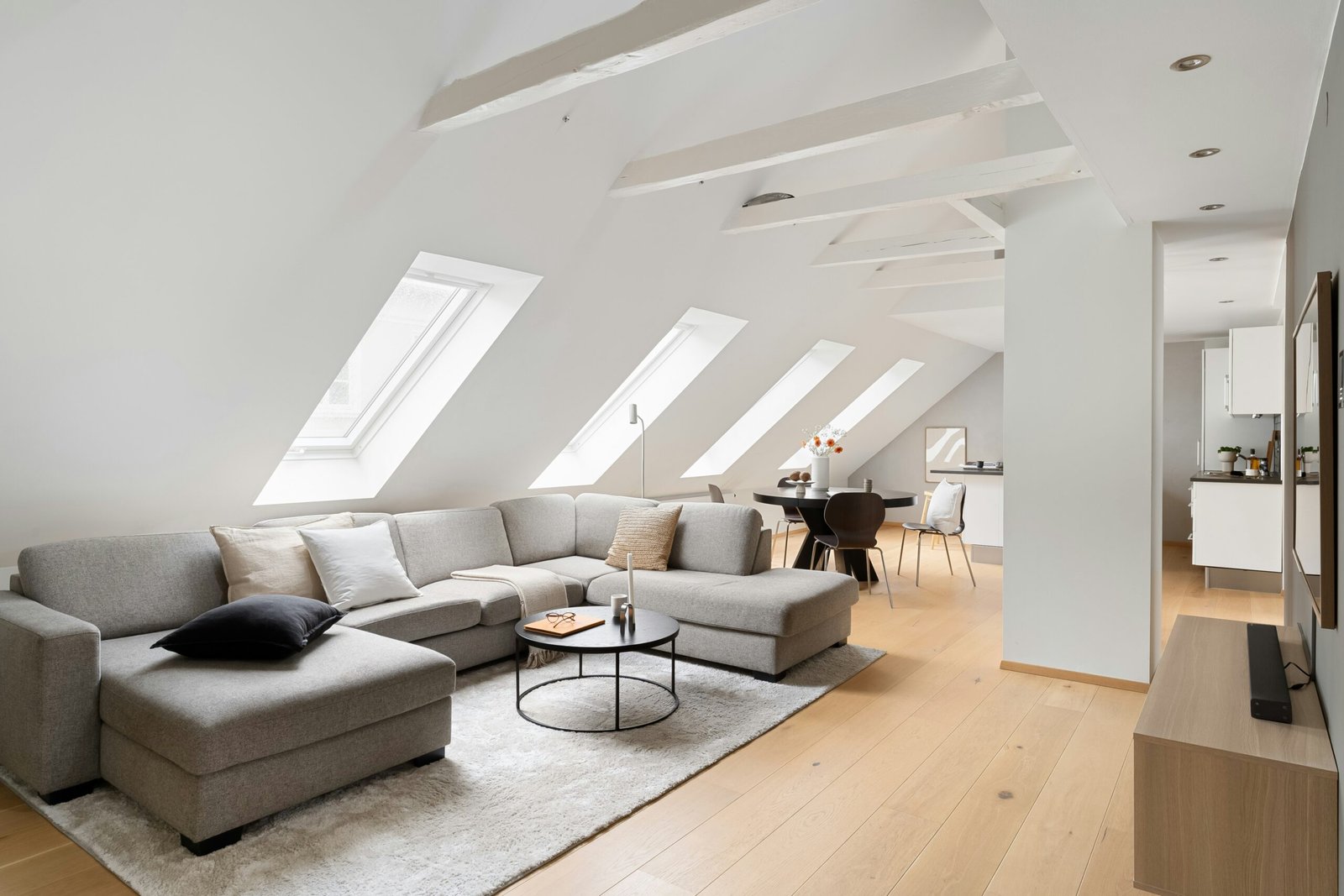
Motivate Yourself to Clean: Design Your Space to Make Cleaning Effortless—Clean With ADHD Part 4
If you have ADHD and have been trying to motivate yourself to clean, but keep failing, you already know willpower isn’t the answer. The true secret to consistent motivation is making mess feel wrong to your brain—so that it makes you actually want to clean. This post shows you how to design your space to trigger prediction errors—little brain-glitches that spark surprise and release dopamine. Do it right, and your brain will start urging you to clean on its own. No willpower required.
Why Mess Quickly Stops Bothering You
First things first: your brain is a prediction machine. It has built a mental snapshot of literally every place you have ever been so that it knows what to expect when you go there again. Including the rooms of your own home. Your brain memorizes what they look like. So if your bedroom is always messy, your brain’s default image of your bedroom is a messy one. Then, when you walk into your room and it’s still messy, nothing looks wrong to your brain, so it doesn’t care, and doesn’t send you any messages telling you to pay attention or bother with the mess at all.
That’s why you can walk into a usually-cluttered room and feel nothing—but if you walk into a room that’s usually nice and tidy, you instantly notice when something is out of place. In one case, your brain assumed the room was going to be messy—and it was—and in the other case, your room expected the room to be clean, and it discovered that its prediction was wrong.
Motivation Comes From Prediction Error, Not Shame
The mismatch between your brain’s prediction and reality is called a prediction error—and it triggers dopamine. As you might already know, dopamine is what gives you the feeling of motivation.
When reality doesn’t match the prediction, your brain flags it as an important event. That’s because it’s almost like there are two conflicting realities, and your brain, being a prediction machine, can’t allow there to be two realities because that prevents you from being able to predict real life. It creates ambiguity. Your brain always works with defaults, and now your brain doesn’t know whether that room’s default state is clean or messy. So its solution is to do one of the following:
- Push you to clean the room to match the mental image
- Let it go and update the image to match the mess
Here’s the key: your brain wants to choose the easiest and most rewarding option. If clean rooms make you feel calm, proud, and satisfied, your brain will push to preserve that. The other option—updating the image—is much more difficult, and takes more time, and your brain wants relief right now.
So how can you make it easier for your brain to notice the mess and motivate you to clean internally? You design your space in a way that makes it impossible for your brain not to notice when things are out of place.
Here’s how you do it:
Step 1: Clear Every Surface
Visual clutter is very difficult for your brain to sort through to tell what’s supposed to be there and what’s out of place and needs to be put away. If your counters and tables are full—even with decorations—new mess blends right in.
To make out-of-place items stand out:
- Leave all surfaces mostly empty
- Store appliances out of sight (yes, even the toaster)
- Avoid decor clutter—some is fine, but keep it minimal
A clean space allows for a strong mental image. A strong image means more prediction errors—and that means more motivation. And this is the kind of motivation that makes it effortless to clean.
Step 2: Protect the Floor
Objects and piles on the floor dissolve the line between “messy” and “normal.” That’s why laundry mountains grow unnoticed.
To keep the floor sacred:
- Keep shoes on a rack, not in corners
- Leave breathing room around furniture
- Stick to only a few houseplants on the floor, if any
The emptier your floor, the more painfully obvious new clutter becomes.
Step 3: Use Closed Storage
Open shelving may look helpful—but it’s mentally loud. Your brain sees every item, even the background stuff you’re not actively looking at. It increases cognitive load and makes it harder to detect new mess.
Instead:
- Use bins with lids
- Install doors on bookshelves
- Choose cabinets over open shelving
- Keep storage out of sight
And always put things back in the exact same spot. Your brain can’t flag what’s out of place if it doesn’t know what “in place” looks like.
Step 4: Simplify the Background
Mess hides in visual noise. Heavily patterned rugs and mismatched decor overload your visual system and blur the line between clean and cluttered.
ADHD-friendly rooms are visually quiet:
- Stick to cohesive color palettes
- Limit bold patterns to small accents
- Choose solid backgrounds wherever possible
Simple, predictable backgrounds help your brain spot what doesn’t belong.
Step 5: Declutter “Decor Catchalls”
Windowsills, shelf edges, vanities, bathroom counters—these are all areas that people like to decorate, which can look nice, but that clutter makes new mess so much harder to notice.
Solution: leave them empty or limit to one or two meaningful pieces.
Step 6: Put Away Everyday Items
Your makeup, deodorant, glasses, favorite mug—these feel like they belong out. But if they’re always visible, your brain stops noticing them. And new mess blends in.
Instead:
- Store daily items out of sight but within reach
- Use a designated zone for in-use cups or dishes
- Put it all away again at the end of the day
Even functional clutter chips away at the clean default.
The Result: Cleaning Feels Automatic
When your space is designed for visual clarity, your brain flags mess without you thinking about it. Prediction errors fire. Dopamine flows. Motivation rises.
You won’t need pep talks or TikToks or shame spirals to get going. You’ll just see something’s off—and your brain will push you to fix it—automatically.
That’s real ADHD cleaning motivation. And it starts with designing a space your brain wants to protect.
TL;DR – Build a Room That Teaches Your Brain to Care
- Your brain only reacts to what feels wrong
- If clutter is normal, it becomes invisible
- The fix: design your space to make any mess feel wrong
- Clear surfaces, simple colors, and hidden storage make mess feel out of place
- Prediction errors trigger dopamine
- Dopamine makes you want to clean—automatically
What’s Next?
Coming up:
- Why we sabotage clean rooms & how to avoid it entirely: here
- How to get back on track after setbacks and avoid spiraling into chaos: here
- How to clean a whole room without stress or boredom—even without meds: here
Photo by Alex Tyson on Unsplash



